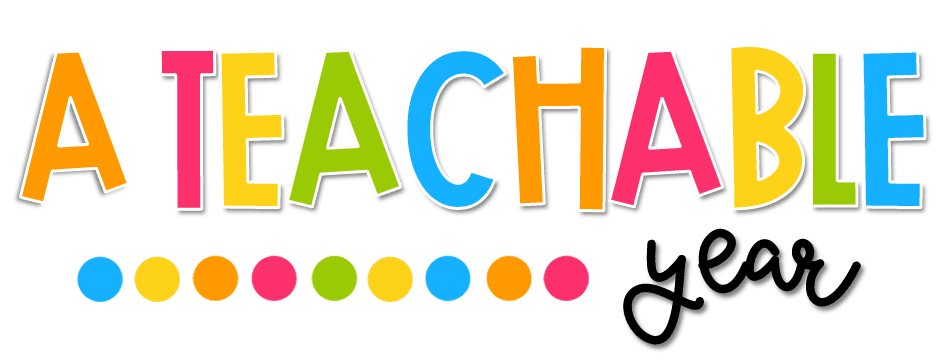In this blog post, we will be discussing cultural awareness in the ESL classroom. Cultural awareness is a term used to describe how people from different cultural backgrounds interact with one another and their environment. It can also refer to an individual's acknowledgment of cultural differences and sensitivity to these differences.
What does cultural awareness have to do with teaching English as a Second Language? A lot! In fact, it is imperative that teachers are culturally aware in order for them to understand what their students need in order for them to succeed academically.
What is cultural awareness?According to the dictionary, cultural awareness is “the ability of an individual or group to recognize and understand cultural beliefs, practices, objects, and events in order to deal effectively with people from other cultures”.
Why does cultural awareness matter?Teachers need cultural sensitivity because it will help them better communicate with their students. It can also help foster cultural awareness in the classroom.
Cultural Awareness and cultural sensitivity are important because they can help teachers better understand their students' needs, which is key to educating them properly. In addition, cultural awareness may also be beneficial for countries with a large immigrant population as many of these immigrants have been exposed to different cultures from all over the world due to globalization.
Cultural Awareness and cultural sensitivity in the ESL classroom can help teachers better understand their students' needs, which is key to educating them properly. In addition, cultural awareness may also be beneficial for countries with a large immigrant population as many of these immigrants have been exposed to different cultures from all over the world due to globalization. In the ESL classroom, cultural awareness means understanding where your students come from in terms of language, culture, family background, education level, etc. This way, you can better understand their cultural references and what is important to them. You will be able to get a sense of where they are coming from (culturally) in order for the information that you provide to meet their needs.
How can we teach our students about culture?According to the dictionary, cultural awareness is “the ability of an individual or group to recognize and understand cultural beliefs, practices, objects, and events in order to deal effectively with people from other cultures”.
It may be useful to set cultural awareness in your classroom. However, don't assume that you know everything about their culture either (and certainly not based on what is portrayed in mainstream media). It will serve well for both you and your students if instead of trying to teach them about cultural backgrounds, you ask them questions so they can express themselves freely.
What cultural awareness activities can you do?You could set up an art project where students create a collage about their culture. Or, you might want to make them aware of the cultural diversity in this country (the U.S.) by teaching them facts and figures that show what it looks like today. You may even consider researching cultural festivals in your area so you can plan a cultural outing for the class.
A cultural game could be bingo to help students learn different cultural traditions. A cultural symbol is a national flag or other symbolic representation of a country's culture such as flags from around the world. A cultural expression can include songs, poems, dances festivals, cultural dress, and foods.
What cultural awareness activities do you think are beneficial?Regardless of what type of cultural awareness activities that you do, just remember that it's not about promoting one culture over another but rather increasing understanding and tolerance among different cultures. If we want our students to be successful academically then it will require them to feel comfortable in their environment. Having cultural awareness in the classroom is a great way to make this happen.
Some examples of how you could incorporate different cultures into your lessons:- cultural awareness activities for kids
- cultural diversity in different countries
- cultural festivals near you
- cultural awareness examples, activities, and games to teach cultural diversity at school or home.
It's important to understand cultural differences so everyone feels respected in class. It will also help you learn more about yourself!



No comments
Post a Comment
Thanks for your comment!